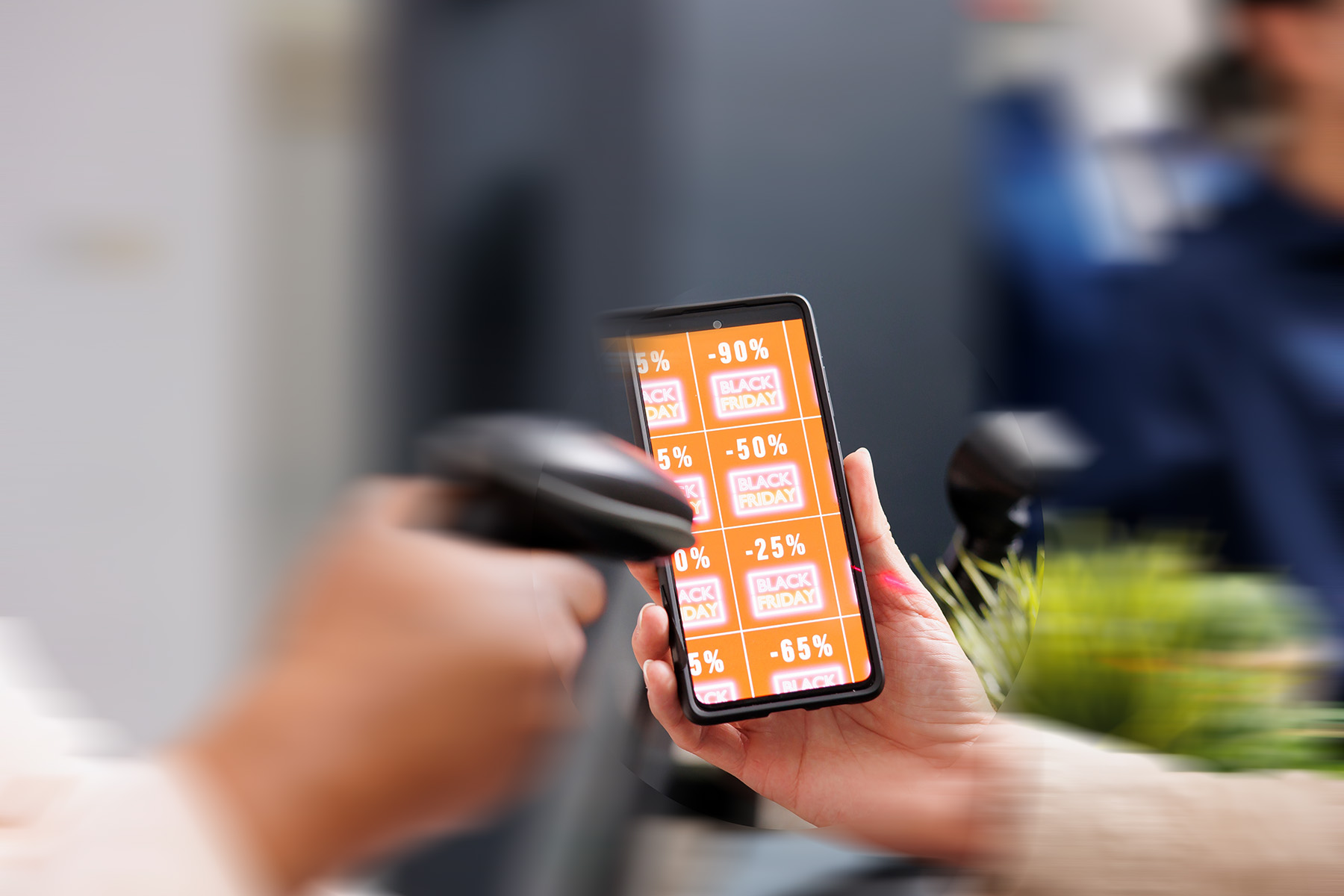How Covid Has Accelerated Economic Growth (And How Retailers Can Seize The Opportunity)
Over the last 10 years, the way we consume has changed considerably.
We buy more: total household consumption in the UK has increased by more than 25% since 2011, according to Statista. We buy much more online: E-commerce spend has increased by more than +300% over the past 10 years. The Covid crisis has furthered this growth: e-commerce spend increased by over 30%, shifting online retail into a larger share of overall sales for retailers.
For many brands, this acceleration has meant dealing with more digital touch-points, including consumers interacting with a brands online campaigns, digital storefronts and post purchase communications, just to name a few.
Few retailers have been able to adapt to this new trend, however many have faced a new challenge in being able to make sense of this increased digital interaction and the associated data which is therefore created.
And there is one core challenge that plagued brands and retailers — delivering personalised communications across the entire marketing funnel.
And why is personalisation important? Well, a recent study showed that over 75% of consumers would prefer to buy from a brand who personalised the experience versus ones which did not. It’s that simple.
The message is clear, retailers need to find a solution to help them overcome this challenge, and they need to act soon to keep ahead of the digital transformation which is fast becoming the driving force of the E-commerce landscape.
How Can Retailers Tackle This Challenge?
One of the main issues retailers face in reaching their target customers across varying touch-points, is where the data of each consumer interaction is actually stored. Typically, this is often in silos.
Many retailers and brands have invested in many different types of technology, including Data lakes, Data warehouses, CRMs and many others, leading to customer data becoming disparate and less actionable for the stakeholders who want to leverage it to communicate across multiple marketing channels.
Thus, retailers need to find the right technology platform which can help them store all of their data in one, centralised location. By bringing your available data together, will essentially help them move towards what is called a ‘Single Customer View’, which enables stakeholders to overcome the barrier of siloed data sources and interactions, and move towards a new era of personalisation.
The Customer Data Platform
Retailers have now realised that their data assets pertain a huge level of value, by helping them increase the Customer Lifetime Value of their existing base, as well as leveraging this to drive and acquire new customers.
Over the past 10 years, the volume of data created has been multiplied by 40x. This sheer volume of data has accelerated the need for businesses to identify scalable and stable technology solutions, in order to make sense of it all.
With this in mind, Customer Data Platforms (CDP) have proved to be very effective solutions which help brands to manage and collate all the disparate data sets, but also future-proof their businesses in light of the recent evolutions.
CDP, by its definition, is a software platform which provides high flexibility, including the ability to onboard data from any online and offline data source, providing a single customer view, and enables real-time marketing communications across multiple online channels and captures real-time reporting. These technology platforms have created huge changes to the way brands have approached communication with their new and existing customers.
As A Retailer, How Can I Identify The Right Solution For Me?
For retailers looking to identify a CDP, my main advice would be to first, understand your strategic business requirements. For example, where do you want to get to? What is important to you, and what is the goal?
Once this has been defined, specific use cases should be developed in-line with the required technology, alongside your internal teams who will use the platform. such as marketing, sales, data science etc. These use cases are aimed to help you achieve your broader business goals, and of course, should be measurable so you can track ROI.
As a retailer you may wish to carry out this process on your own, or leverage specialist companies like Silverbullet, who have the expertise in helping you codify your business goals and use cases. With their ear being closer to the ground than most, these types of businesses can ultimately help you identify the best platform for your business, as well as assist with implementation and platform adoption to ensure maximum value is received.
In Conclusion
Whatever direction you select as a retailer, it is imperative you do not ignore the obvious challenges outlined in this blog, which could be further exacerbated if you are an international business or looking to launch internationally in the future.
By identifying and selecting the right technology for your business you will truly begin to understand your customers and enable you to communicate to them on a one-to-one basis. This of course will place you on the path to ensure you deliver your goals, whether they be purely revenue related, or secondary metrics such as brand strength and equity.
The opportunity is clear.











